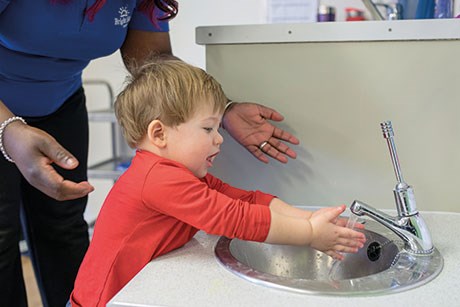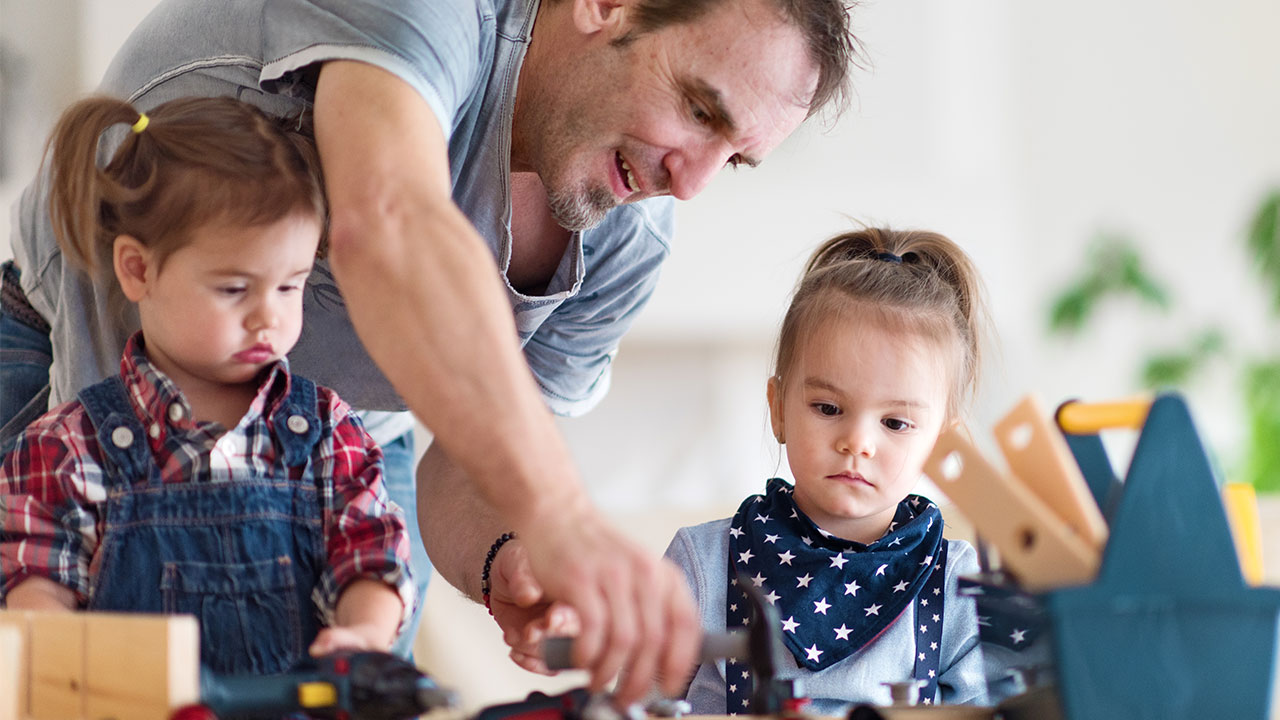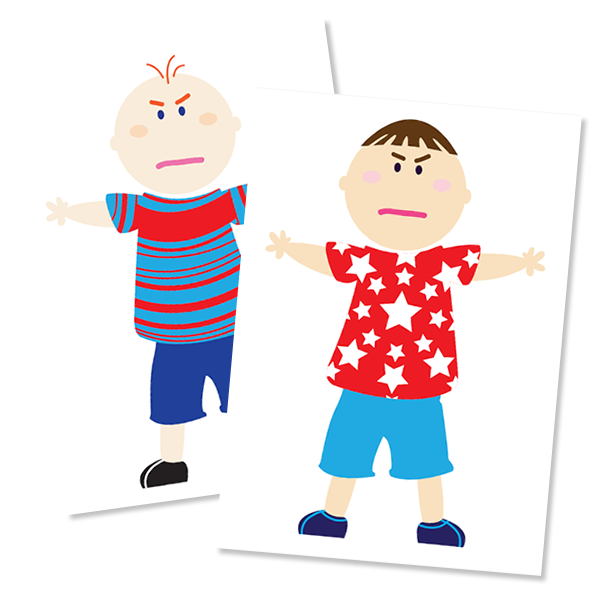Late Talkers
My Toddler is Not Talking Yet.
Should I be concerned? What can I do to help?
These are comments and questions that we hear quite frequently when concerned parents contact us at Learn2Communicate. So many parents have, what they describe as, a niggling doubt about their child’s speech and language development. At first, they may rely upon the well-meaning advice of loved ones. Being told ‘Don’t worry. He will grow out of it’ or ‘Your father didn’t speak until he was 4’ can temporarily put those worries aside but, unless that little toddler starts to talk soon after, such comments rarely help to allay a parent’s worry. Before long someone will surely say something along the lines of ‘I think he should be talking by now’ or ‘Your child should have 50 words by this age’. Although such comments often tip a parent into action; these types of comments can also fuel a parent’s concern and do little by way of assisting the parent in knowing what to do next and when to do it.
For those of you reading this post and think ‘Ahhh…I do have concerns about my child’s language development’, then please read on as we have some simple tips to get you started and to help you feel empowered with the knowledge, skills and capacity to nurture your child’s communication development. There is much that you can do to help young children learn how to communicate. All children can become effective communicators…even those who have a significant degree of disability and other co-morbid conditions. Okay, read on for some great tips to get started!
The ‘WHY’ of Communication
Sit back and observe your child for a few days. Take note of the reasons WHY your child communicates. Take your focus off which speech sounds your child can or cannot say for now. Just ask yourself WHY does my child communicate / for what communicative purposes?
Some reasons why you child might communicate include to express:
- Greetings / Farewells
- Request for items, food, drink and actions e.g. to be lifted out of the highchair, to go outside
- Comments about what he or she is interested in or is noticing
- Responses to your simple questions and to your requests to follow simple directions
- Enjoyment, excitement, frustration, protest and rejection
The HOW of Communication
Some of the many ways in which your child might communicate these intents might include:
- Facial expressions
- Tone of voice
- Gestures including pointing
- Speech ‘jargon’ that is unintelligible but that has the intonation of language
- Single words
- Short phrases
Identify any gaps in the WHYs of communication
Communication is a complex dance between people that goes back and forth in a reciprocal relationship. Communication involves far more than identifying body parts or imitating words after an adult requests a child to ‘say…’. Look for the gaps in your child’s communicative intent.




